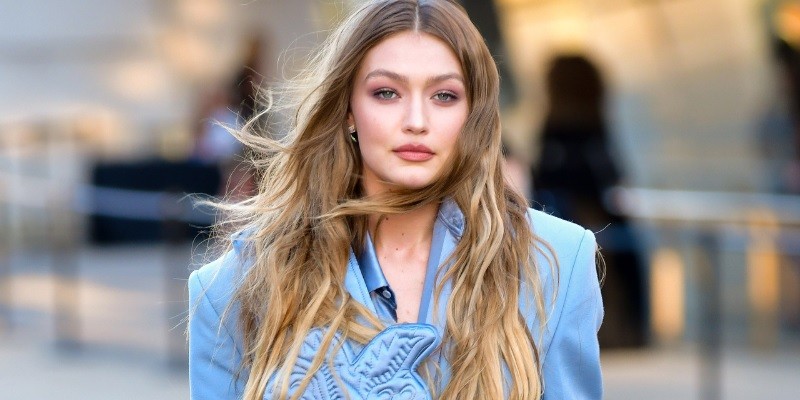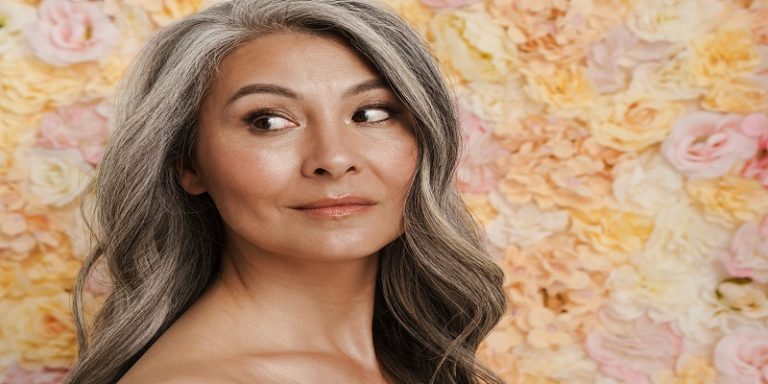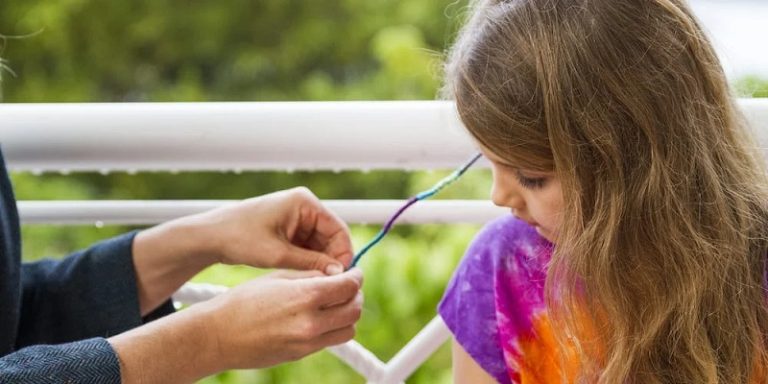Can I Dye My Hair With Oil In It?
Last Updated on June 18, 2025 by Jaclyn A. Neeley
Dyeing your hair at home can be a convenient and cost-effective way to change your look, but it’s important to follow the proper steps to achieve the desired results. One common question that arises is whether it’s okay to dye your hair with oil in it. In this article, we’ll explore the effects of oil on hair dye and provide some tips for preparing your hair for coloring.
The Role of Oil in Hair Dyeing
Oils can potentially interfere with the hair dyeing process in several ways:
Barrier to Dye Penetration
Hair dyes, especially permanent and semi-permanent ones, rely on the ability to penetrate the hair shaft to deposit color molecules. Oils can create a barrier on the hair’s surface, preventing the dye from fully penetrating the hair strands. This can lead to uneven color distribution, patchy results, or even a complete failure of the dye to take effect.
Repelling Dye Molecules
Some oils, particularly those with a high concentration of fatty acids, can repel the dye molecules, making it difficult for the color to adhere to the hair. This can result in faded or washed-out color, even after following the recommended processing time.
Disrupting Chemical Reactions
Hair dyes often involve chemical reactions that require specific pH levels and the presence of certain ingredients to work effectively. Oils can potentially disrupt these chemical reactions, leading to unpredictable or suboptimal results.
Preparing Your Hair for Coloring
To ensure the best possible results when dyeing your hair at home, it’s recommended to remove any excess oil or product buildup before applying the dye. Here are some tips to help you prepare your hair:
Wash Your Hair
Wash your hair with a clarifying or deep-cleansing shampoo a day or two before coloring. This will help remove any residual oils, styling products, or buildup that could interfere with the dye’s ability to penetrate the hair shaft. Avoid using conditioner, as it can leave a coating on the hair that may act as a barrier.
Avoid Oiling Your Hair
Refrain from applying any oils, serums, or leave-in treatments to your hair for at least a day or two before coloring. These products can create a barrier on the hair’s surface, preventing the dye from fully penetrating the strands.
Use a Dry Shampoo
If you have naturally oily hair or tend to produce excess sebum, consider using a dry shampoo on the day of coloring. This can help absorb excess oil from the scalp and hair, creating a better canvas for the dye to adhere to.
Follow the Instructions
Read and follow the instructions provided with your hair dye kit carefully. Some dyes may have specific recommendations regarding hair preparation or the use of oils or conditioners before or after coloring.
Exceptions and Considerations
While it’s generally recommended to avoid applying oils to your hair before dyeing, there are a few exceptions and considerations to keep in mind:
Oil-Based Hair Dyes
Some hair dye formulations, such as Garnier’s Olia line, incorporate oils into their formulas. These oil-based dyes are designed to work in conjunction with the oils, providing nourishment and conditioning benefits while depositing color. In these cases, following the manufacturer’s instructions is crucial.
Dry or Damaged Hair
If you have extremely dry or damaged hair, applying a small amount of oil to the ends of your hair before coloring can help prevent further dryness and breakage. However, be sure to avoid applying oil to the roots or mid-lengths, as this can still interfere with the dye’s ability to penetrate those areas.
Coconut Oil and Protein Treatments
Coconut oil and protein treatments can potentially cause issues with hair dye adhesion and color retention. If you’ve recently used these products, it’s best to wait a few weeks before coloring your hair to ensure optimal results.
Conclusion
While oils can provide nourishment and protection for your hair, they can also interfere with the hair dyeing process. To achieve the best results when coloring your hair at home, it’s generally recommended to avoid applying oils or oil-based products to your hair for at least a day or two before dyeing. By properly preparing your hair and following the instructions provided with your hair dye kit, you can increase the chances of achieving vibrant, even color results.
Remember, if you have any concerns or doubts, it’s always best to consult with a professional hairstylist who can provide personalized advice based on your hair type and desired color outcome.
FAQs
Can you dye hair if it has oil in it?
Yes, you can dye hair if it has oil in it, but the results may vary. Natural oils can protect the scalp from irritation during the dyeing process, but excessive oil or product buildup can hinder dye absorption, leading to uneven color.
Can I apply oil before coloring my hair?
Applying oil before coloring your hair is generally not recommended. Oils can create a barrier that prevents the dye from penetrating the hair shaft effectively, resulting in less vibrant color. It’s best to avoid heavy oils before dyeing.
Does hair oil affect hair color?
Hair oil can affect hair color in two ways: it can prevent the dye from adhering properly if applied before dyeing, and certain oils, like coconut or argan oil, can strip color if used too soon after dyeing. However, some oils can help maintain color by protecting against environmental damage.
How to prepare your hair for coloring?
To prepare your hair for coloring, avoid washing it for 1-2 days to allow natural oils to build up, which can protect the scalp. Avoid using styling products before dyeing, and consider using a deep conditioning treatment a few days prior to nourish and strengthen your hair.
What are the benefits of using oil-based hair dye?
Oil-based hair dyes offer several benefits, including better color penetration and longer-lasting results. They also help to nourish and condition the hair during the dyeing process, reducing damage and leaving hair looking healthier and shinier.







